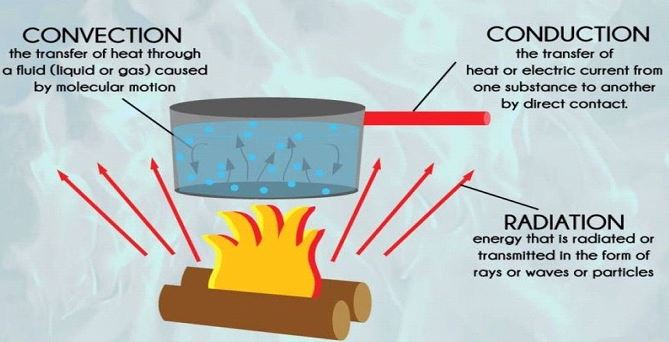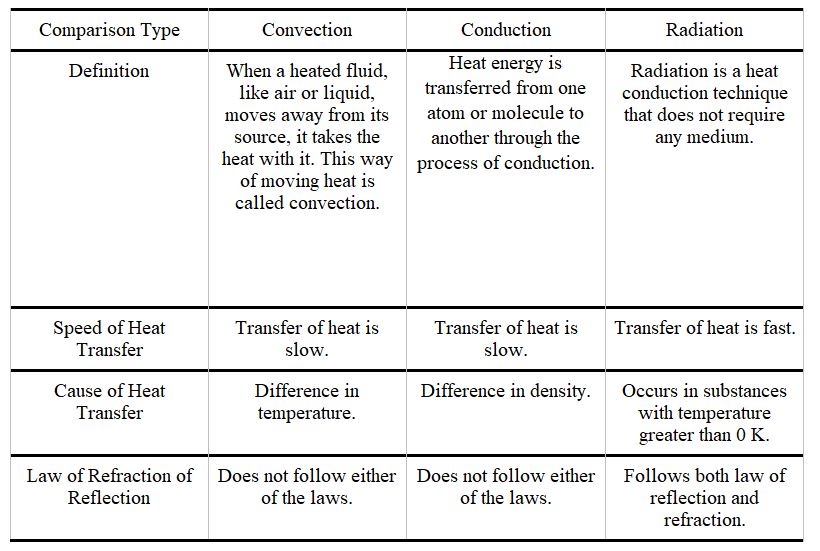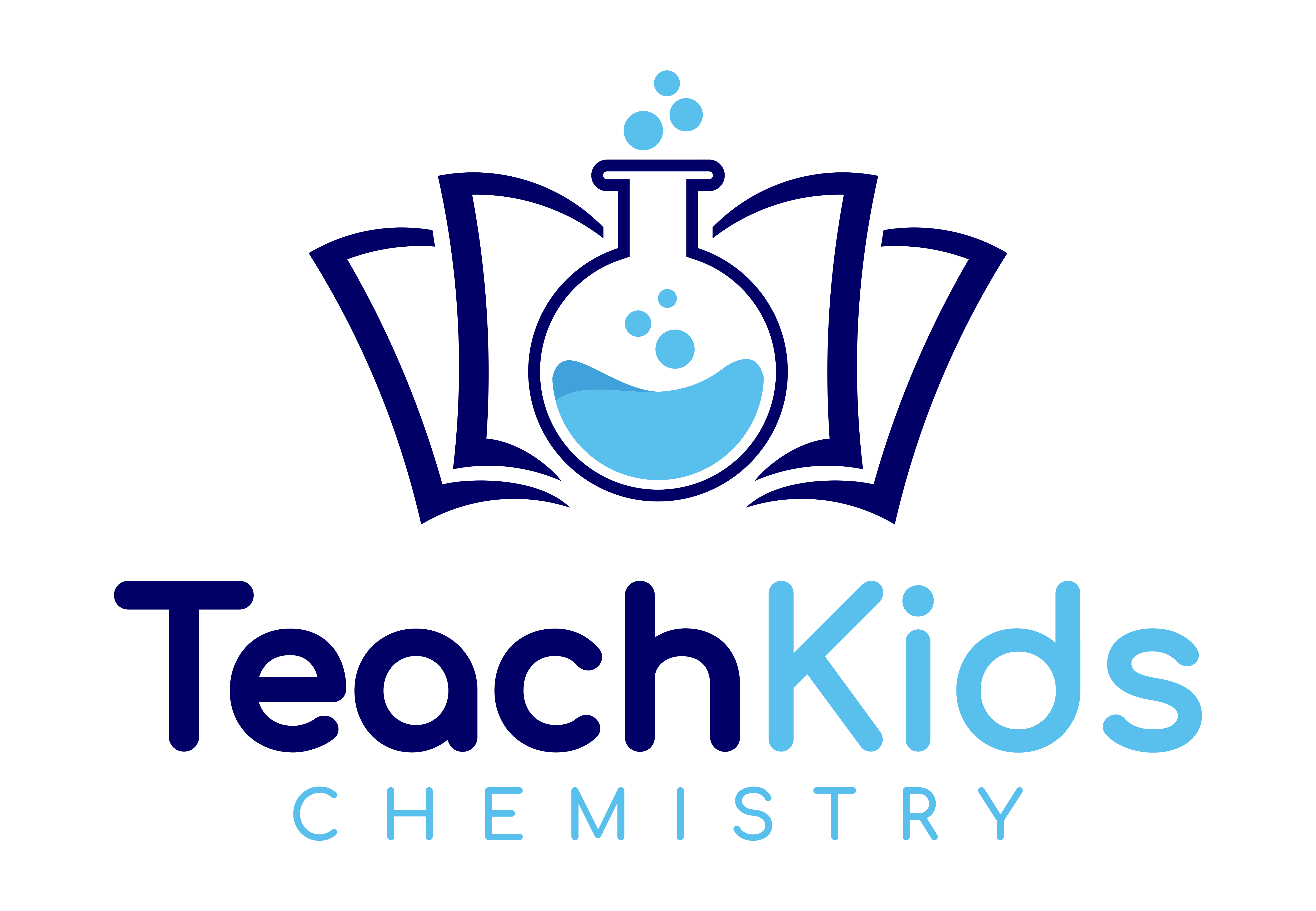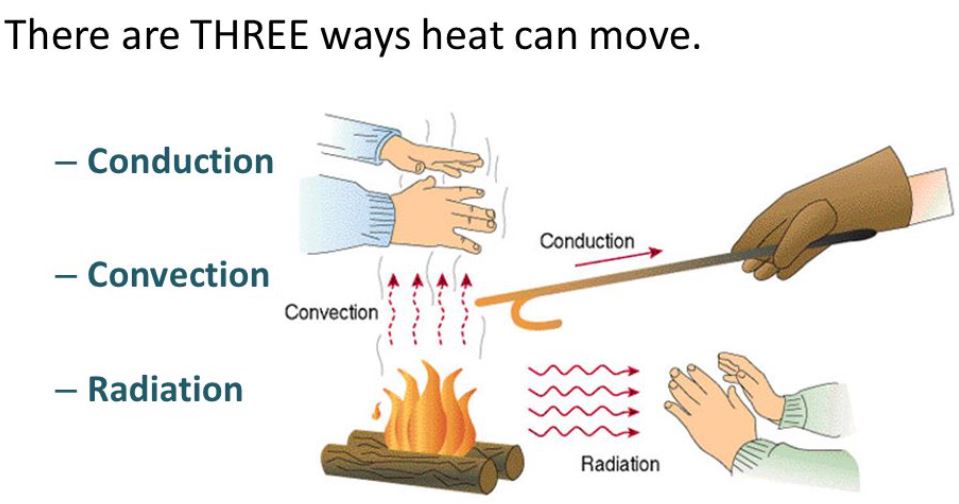Solid, liquid, and gas are the three states of matter that commonly surround us. A transition is a state shift brought about by heat transfer between a substance and its surroundings. Heat is described as the movement of energy from one system to another through a temperature change, which can occur through conduction, convection, or radiation.


Despite the fact that they rely on a variety of physical interactions to convey heat, these methods of energy transmission are generally misunderstood. The article below further provides information on the differences between conduction, convection, and radiation.
Convection
The thermal energy follows you when you heat an object and then move it away from the heat source. Convection is demonstrated here. As fluid expands over a hot surface, it loses density and rises.
At the molecular level, thermal energy promotes molecule expansion. A fluid’s volume must grow at the same rate as its temperature. As a result of this action, the fluid gets shifted. Warmer air rises and pushes cooler, denser air down. These actions result in the formation of convection currents.
Conduction
Conduction is the transference of heat energy from one atom or molecule to another. Because the particles in solids and liquids are closer together, conduction occurs more frequently than in gases.
Radiation
Radiation is a direct heat transfer method that does not involve the use of an intermediary. Heat waves do not require molecules to flow through them, as the term implies. As long as the things are not in direct contact, heat transfer is possible. Even if you are not in direct contact with the heat source, any heat you experience is generated by radiation. Color, surface orientation, and other surface factors all have an impact on radiation.
In radiation, the electromagnetic waves utilized to transmit energy are referred to as radiant energy. The thermal energy generated by heated items frequently warms cooler areas. Radiant energy can travel from its source to its cooler surroundings through the vacuum. Solar energy is the best example of radiation, despite the fact that the sun is hundreds of kilometers away.
Comparison Chart of Convection, Conduction and Radiation


Check out other cool chemistry concepts with other chemistry kits below!

